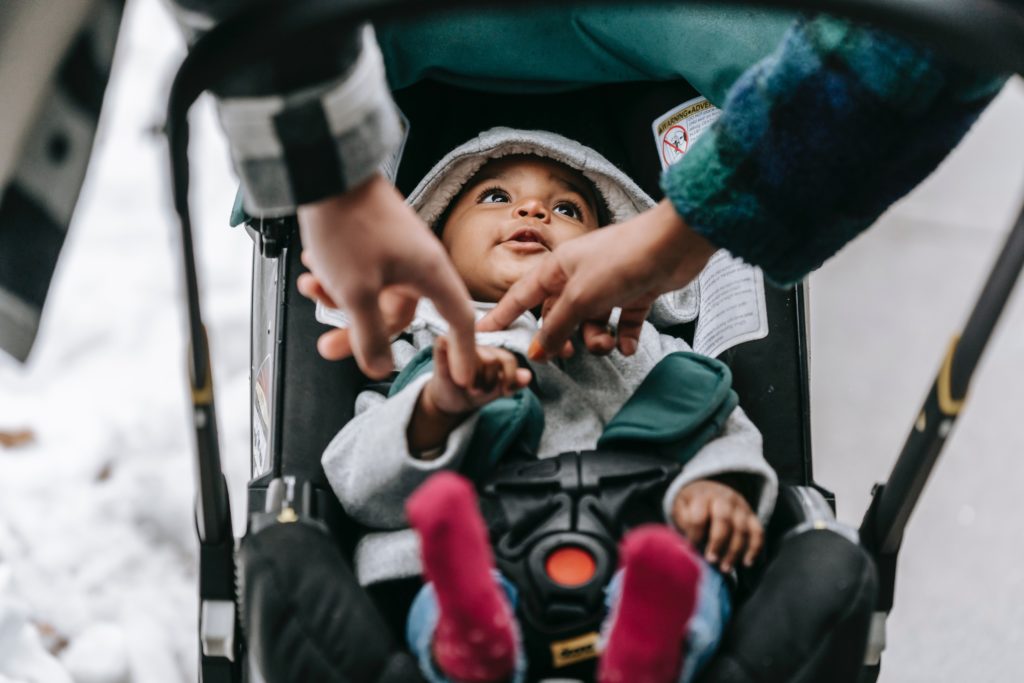HISTORY OF FIREFLY CHILDREN AND FAMILY ALLIANCE
Providing resources individuals, families and children can rely on
Joining forces to better serve Indiana communities
Children’s Bureau and Families First have helped shape human services in Central Indiana. Each organization’s continued commitment to this work led to talks about joining forces to achieve economy of scale, provide complementary lines of service and leverage limited resources to ensure the continuation of quality services. The outcome of these meetings was a merger on April 21, 2021.
In 2022, the organizations relaunched as Firefly Children and Family Alliance. Prior to the merger of Children’s Bureau and Families First, both organizations worked together for many years. Our story illustrates how social circumstances and the ideological underpinnings of caring for children and families have changed over our nearly two century-long history and underlines our commitment to meet the needs of our clients and the community.
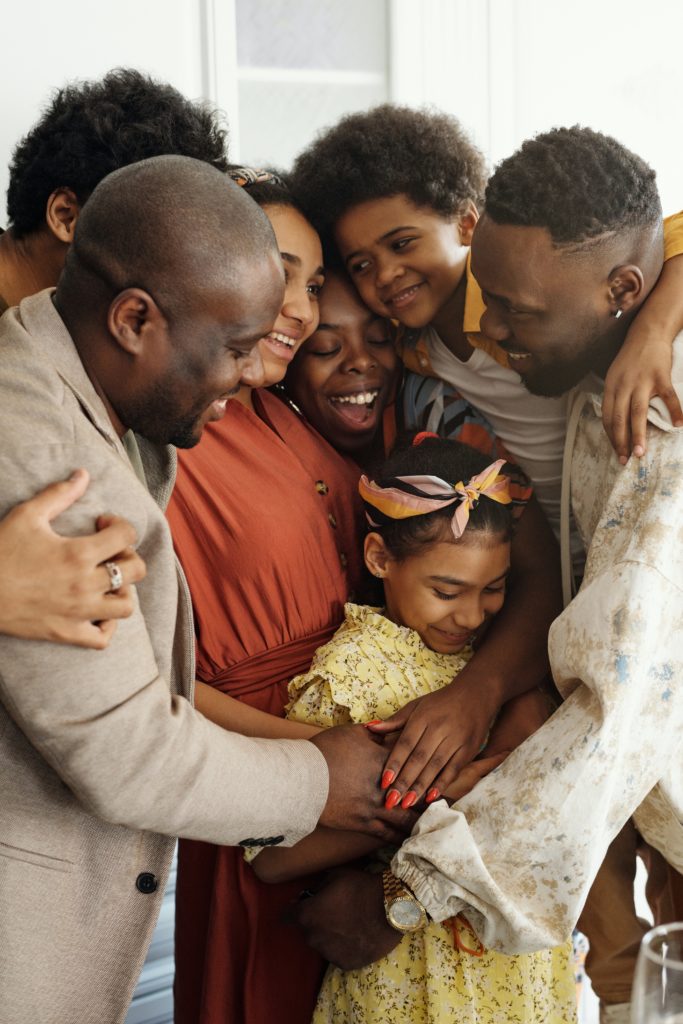
A Shared History: Firefly Children and Family Alliance through the Centuries
The two organizations that combined forces to become Firefly Children and Family Alliance, Children’s Bureau and Families First, were two of Indiana’s most established nonprofits, with roots dating back nearly two centuries.
Families First began supporting and strengthening Indiana families in 1835, when it was founded as the Indianapolis Benevolent Society. And the Widows and Orphans Friends’ Society, founded in 1851 as an outreach of the very same Indianapolis Benevolent Society, gave rise to the Children’s Bureau.
Early Years: The Indianapolis Benevolent Society
The Indianapolis Benevolent Society was the first family agency in the U.S. organized to meet the needs of individuals and families — regardless of race or religion — throughout the community. It provided food, clothing and sometimes financial assistance to supplement the limited public funds available for families in need.
Its broader goal was to strengthen families and communities by helping families stay together. At the time, accepting government relief could mean sending one or more family members to an institution. Though much has changed in Indiana since those early days, the importance of family remains the same. Now, just as then, stable families offer safety, guidance, consistency and love to one another — but especially to children.

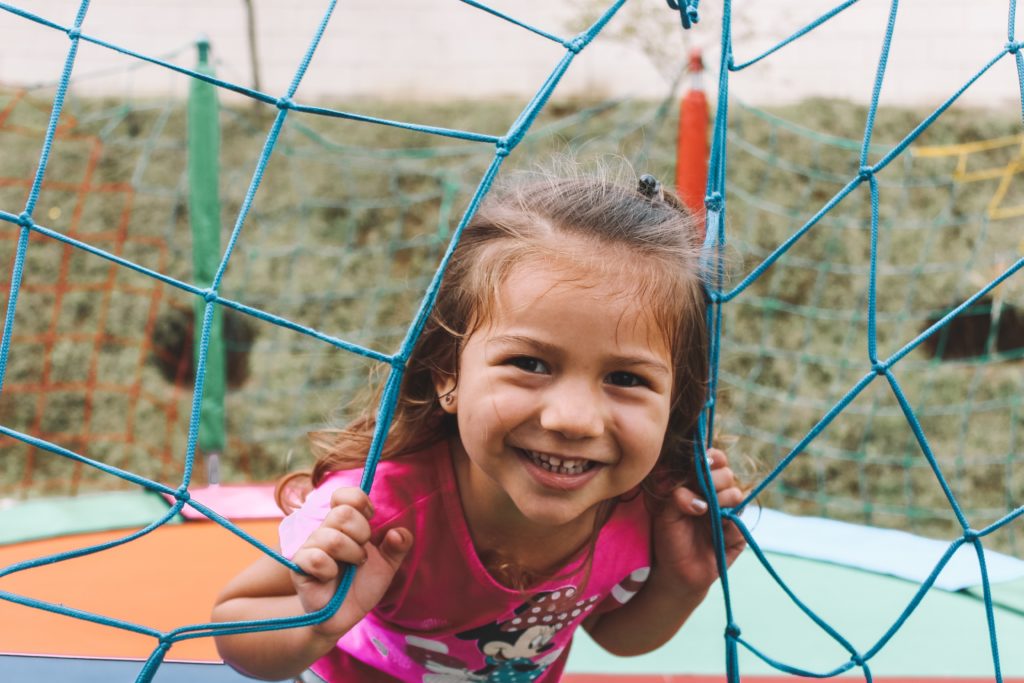
Roots in the Widows and Orphans Friends’ Society
While today this language may seem to carry notes of judgement, the mission of the Widows and Orphans Friends’ Society reflected the reality of the time: women who lost their husbands were left with few economic options, and children who lost one or both parents had no social safety net to fall back on.
In 1855, the Widows and Orphans Friends’ Society and the Indianapolis Benevolent Society raised money to open an orphanage at Capitol Avenue and 14th Street.
Growth and Change in Indiana
The decades bracketing the beginning of the 20th century saw a period of relative prosperity and growth for Indiana. The city’s philanthropists renewed their efforts to help children and families at risk.
- In 1875, the Indiana General Assembly changed the name of the Widows and Orphans Friends’ Society to the Indianapolis Orphans’ Asylum.
- In 1879, several charities, including the Indianapolis Benevolent Society, were brought together to form the Charity Organization Society, acting as an administrative and investigative arm referring cases for aid.
- In 1922, the Charity Organization Society merged several of its associated organizations — including the Children’s Aid Association — to form the Family Welfare Society, which aimed to address problems of the family.
By the 1930s, the Family Welfare Society no longer provided direct financial assistance, but instead worked to strengthen family life through education, counseling and mental health services.
In 1934, the Children’s Aid Association of the Family Welfare Society became the Children’s Bureau of the Indianapolis Orphans’ Asylum.
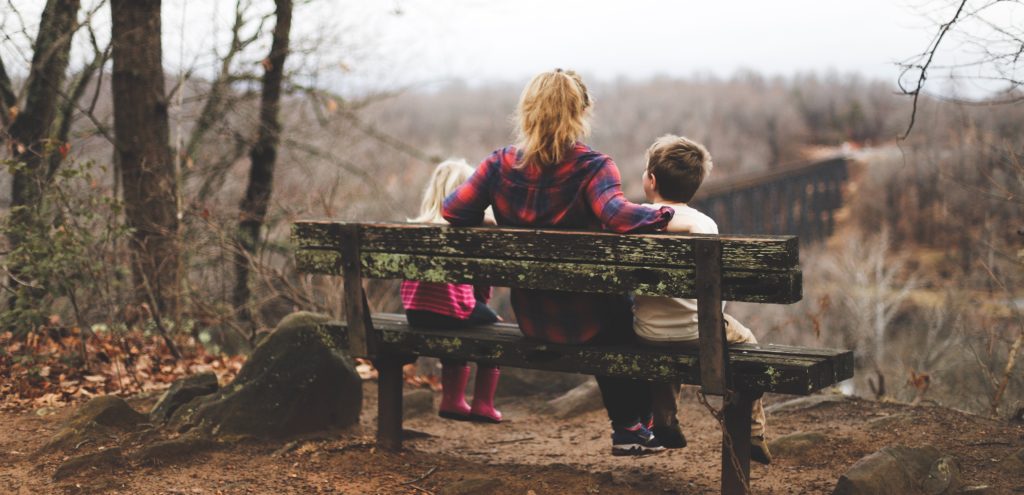
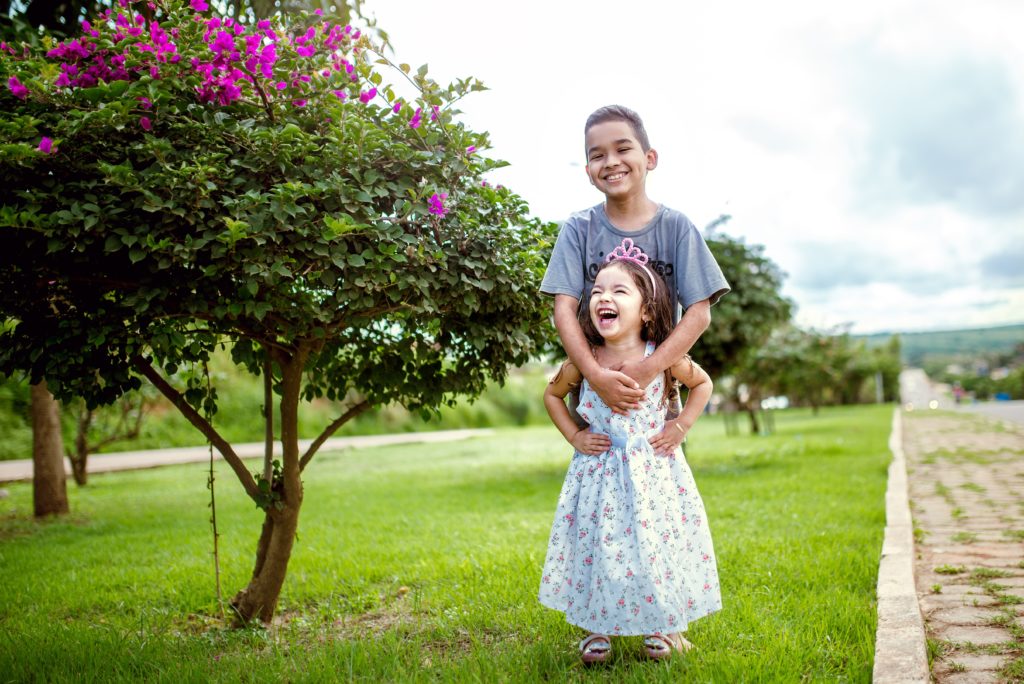
To Present Day
As the nature and focus of family assistance changed after World War II, the missions of these now parallel organizations changed too.
The closure of the Children’s Bureau’s orphanage in 1941 marked its transition from a primarily public organization to a primarily private one. Finding homes for children in need via adoption and foster care would become its primary mission — with expansion including group homes, transitional living and programming for children at risk.
The Family Welfare Society, which would change its name to Family Service Association of Indianapolis and eventually to Families First, shifted its focus away from relief and toward social work and counseling services aimed at strengthening families and community.
Both organizations embraced a more holistic idea of family that more broadly encompasses those connected by nurture and support as well as kin. And both organizations evolved to serve a wider range of children and families in need.
The places and techniques we use to serve the community have changed too. We now meet people where they are — at their homes, and in their lives — with respect for self-determination and independence.
Together Again
Today, we are once again united as one organization. Combining our resources and expertise allows us to better serve the community by offering a more holistic approach to child abuse prevention, intervention and family preservation, youth placement and recovery services. We’re now better able to coordinate and deliver services that consider the whole person — not just a set of concerns. As a result of this change, we have an even greater impact.
